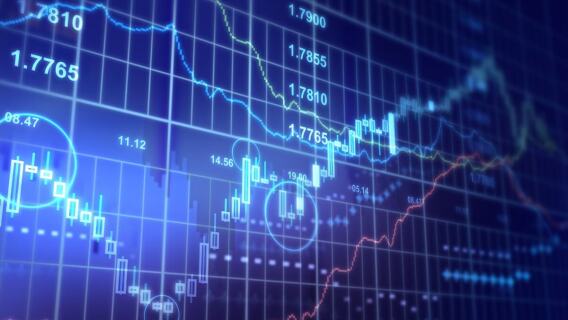New investors have flooded the market via the free Robinhood trading app. Is it a sign of an impending stock market top?
My nephew just opened a Robinhood account. He’s 16, and has never bought or sold stocks before. Truth be told, I didn’t even know he was aware that stocks were a thing. I was thrilled to hear he was doing it, and am already trying to force my best stock picks on him. But my nephew’s new interest in investing made me even more wary of an emerging Robinhood top.
Most of you have probably heard of Robinhood by now. It’s the free trading application that caters to new investors, many of them millennials and younger, with a median customer age of 31. Lately, sign-ups for the upstart online broker have skyrocketed—through May, the company had added 3 million new funded accounts in 2020. In March, the company reported that its average trading volume was three times higher than it was the previous March. The surge continued into April and May.
As a result, Robinhood is up to 16 million customers—up from 6 million accounts in October 2018 and just 1 million in 2016.
Many of those new, inexperienced investors are going bargain hunting, looking for deals in the wake of the coronavirus market crash in February and March. To wit: Robinhood traders were credited with driving up share prices in bankruptcy stocks such as Hertz (HTZ) and Macy’s (M) last month, after each of those stocks had seemingly hit rock bottom.
Are New Investors Driving the Rally?
But just how responsible have Robinhood traders been for the current market rally? Is there a Robinhood rally of sorts at play? Not according to Barclays. The U.K.-based financial services firm found that, if anything, there’s an inverse relationship between the surge in Robinhood traders and the surge in share prices.
“The more Robinhood customers add the stock to their portfolios (measure either by simple count, or percentage change), the worse the return of that stock at the same time,” Barclays analyst Ryan Preclaw said.
So much for that theory. However, even if Robinhood traders aren’t even partially responsible for the recent market rally, I find the spike in interest from newbie investors compelling for a different reason; it seems like a possible signal of a stock market top. Call it a Robinhood top.
Robinhood Top Similar to Past Anecdotal Signs
Tim Lutts, Cabot’s CEO and Chief Investment Strategist, has long talked about anecdotal signs like cab drivers and plumbers asking for stock tips being clear evidence of overly bullish investor sentiment. He saw it just before the dot-com bubble burst at the turn of the century. Now, we’re starting to see it again.
Mike Cintolo, our market expert and chief analyst of our Cabot Growth Investor and Cabot Top Ten Trader advisories, says he’s been getting about three times as many emails from subscribers of late as he normally gets—another sign of increased interest, and perhaps a troubling one.
Nothing lasts forever on Wall Street. When things seem bleak and dire, as they did on March 23, after the S&P 500 had fallen 34% in just five weeks, that’s usually when stocks start to turn around. Conversely, when investors are giddy, and the appetite for investing isn’t simply limited to seasoned investors but to everyone you know in your life…that’s usually when stocks start to head south. And that’s triply true in the midst of a global pandemic that seems to worsen every day, and with more Americans out of work than at any time since the Great Depression.
That doesn’t mean you should preemptively start selling stocks now. On the contrary: all the technical signs, including our own highly accurate market timing indicators, point to higher share prices ahead. But there are likely to be some bumps along the way, perhaps even a few giant potholes.
This may not be a Robinhood rally. But it sure seems like a Robinhood top is nigh.

Sign up now!

Sign up now!

Sign up now!

Sign up now!

